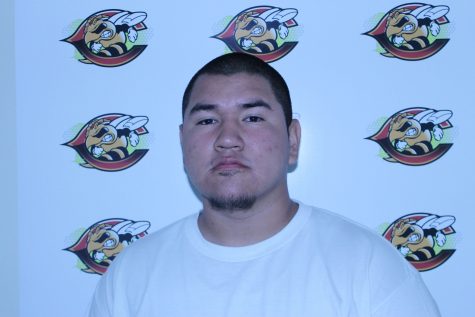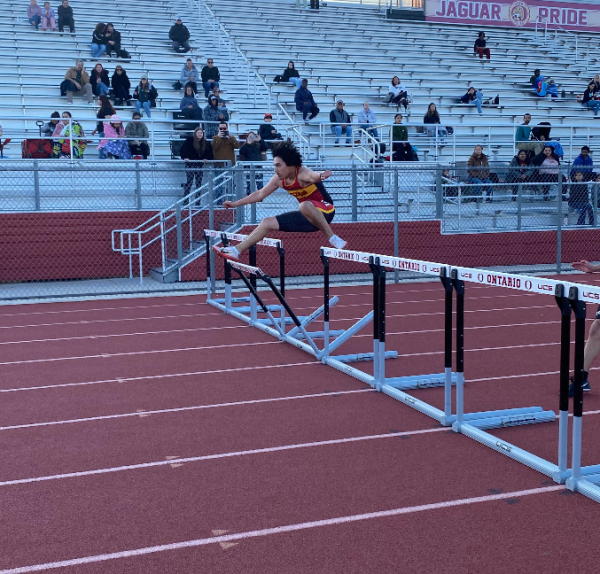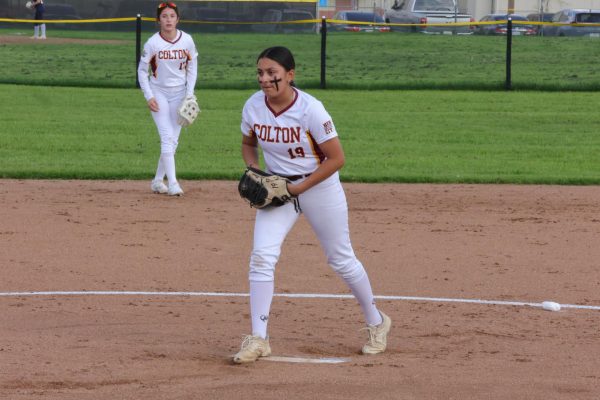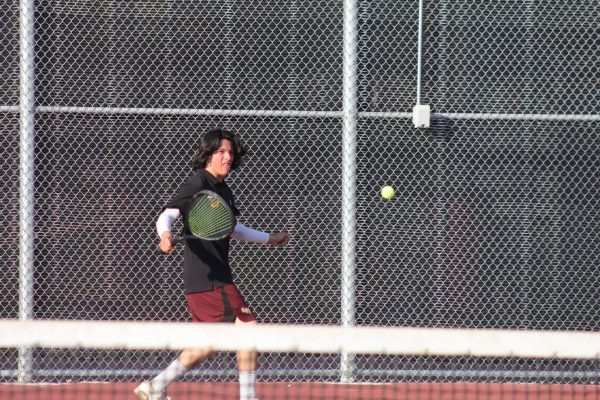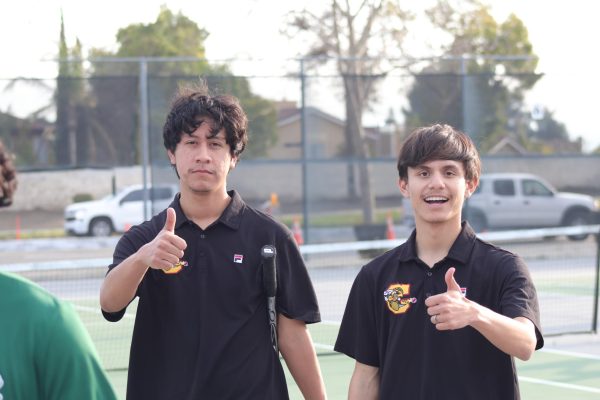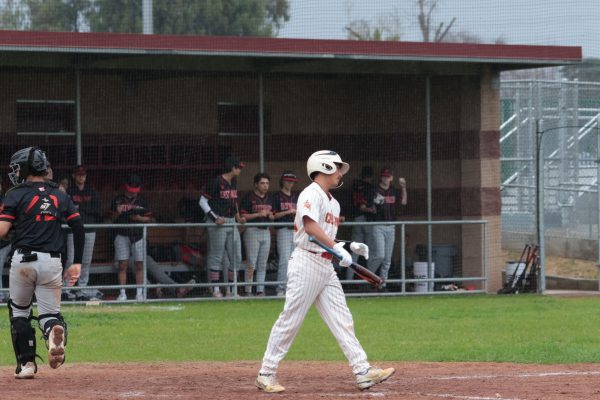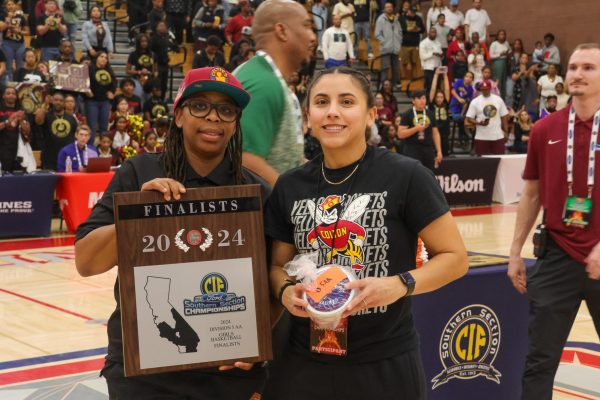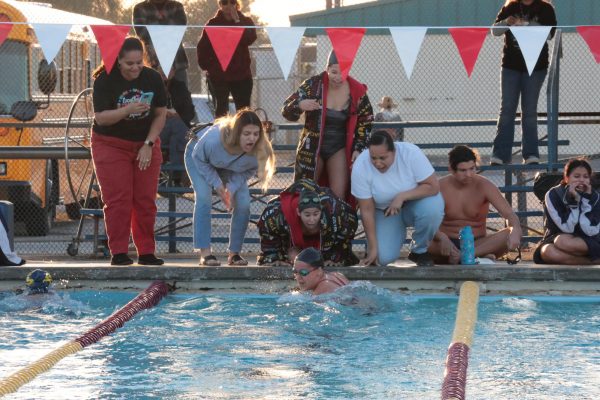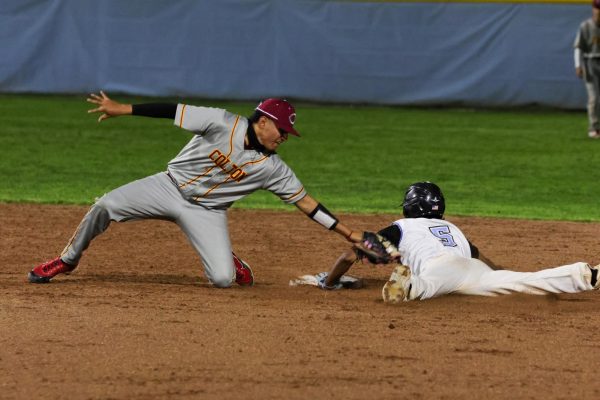Johnny Tapia- 5 time world champion
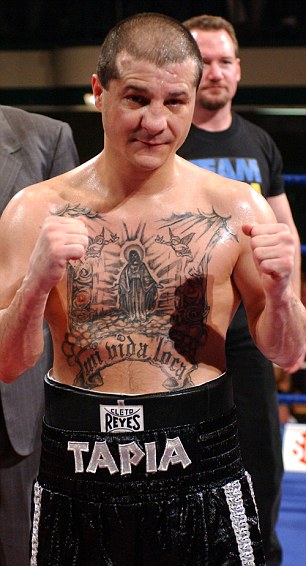
March 15, 2017
“He hails from Albuquerque, New Mexico,” exclaims Jim Lampley, boxing commentator, “thee WBO super flyweight champion of the world, Johnny ‘Mi Vida Loca’ Tapia!”
Johnny Lee Anthony Tapia, five time world champion in 3 different weight classes (bantamweight, flyweight and featherweight), was born on February 13, 1967 in Albuquerque, New Mexico. His mother, Virginia Tapia Gallegos, told him that his father was murdered when she was pregnant with him, which made what happened to Tapia when he was 8 years old, all the more difficult to bare.
“It was a Friday afternoon,” said Tapia in a boxing interview for HBO, “my mama said I was going to my grandma’s house because she was going to go dancing. She liked to go dancing on Fridays, Saturdays. I told her not to go, I begged her not to go. She never came back. Three days later, they said she was in the hospital. Four days later they said she was dead. It wasn’t like she died naturally, I wish it would have happened like that. But by her being stabbed 22 times with an ice pick and then raped.”
Tapia’s mother was raped, hanged and stabbed. Left for dead in an abandoned road, she dragged herself 100 yards to the nearest main road where she was later found by a police officer. Tapia claimed to see his mother chained to a pickup truck near his grandmother’s home, but no one believed him.
“I still remember waiting at the front door for my mom to come and pick me up,” Tapia said with a sigh, “let’s just say, I still wait at the front door for her and she’s never going to come back.”
Virginia Tapia’s murder was left unsolved and the case was closed in 1976. This added fuel to Tapia’s ferocity as a professional boxer. The case was later reopened in 1999, 23 years after the murder. The case was later solved and the murderer turned out to be a family friend, who ironically died a year before the case was solved, he was ran over repeatedly and died at the scene. The murderer was actually interviewed more than once by police in 1976.
“That was the closure,” admits Tapia, “kind of pissed off it took so long. I wanted him first. I was going to hurt him. But he died, a car ran over him three times, maybe it was for the best because I would have stabbed the crap out of him like it wasn’t anyone’s business. I still want him, I still think about him. I would have spent the rest of my life with no problem in prison, knowing that I got him. Nobody touches my momma, I don’t care who you are, what you are, how you are. Nobody puts their hand on my momma. That’s the love of my life.”Tapia, with no parent to take care of him, moved in with his grandparents. They lived in a small home in Albuquerque, with 17 people living in the home. Tapia’s uncle would actually, at a young age, pick out people for him to fight. They would go to the local community center and his uncle would give Tapia a dollar for anyone he fought.
Tapia turned to boxing at age 11, where he won his first bout in a 30 second stoppage. Tapia won the Golden Gloves 5 years in a row and Nationals 2 times in a row. His amateur record ended 101 wins, 21 losses and 65 knockouts. He was also rated #1 in the world at the flyweight division for 6 years in a row. He turned pro on March 28, 1988 when he fought Efran Chavez (6-1-0), which ended up in a tie. Tapia then went on a win streak, eventually winning the USBA super flyweight title against Roland Gomez (21-3-0) in May 10, 1990.
At 23 years old, Tapia was undefeated and on the brink of fighting for a world title. Outside of boxing though, Tapia wasn’t doing so well. He became a part of Albuquerque’s “Wells Park Locos” gang and he began using cocaine. Tapia failed his first drug test in June of 1990, and failed more in the following months, which stalled his boxing career. He was later arrested for threatening to murder a witness at the murder trial of his cousin. This kept Tapia away from boxing for three years, which were his “worst” years of his life, as Tapia puts it. He was broke and frequently homeless. Tapia’s only route of income was at a local Albuquerque bar, where he would collect $300 cash and a case of beer, for taking on any challengers.
“I didn’t want to hurt nobody or do anybody,” admits Tapia, “but that was my battle with cocaine, my addiction.”
Tapia eventually married Teresa Tapia in 1993, hiding his drug addiction from her and overdosing on cocaine the first night they married. 9 months later, she locked the wrought iron doors and windows to their home, in hopes of drying Tapia out.
“She had the keys because she didn’t trust me,” says Tapia, “I didn’t trust myself either. If I got out I would of never came back.”
A month later, now clean, Tapia was allowed to leave, as long as Paul Chavez, Tapia’s trainer, came to pick him up. He began training and eventually came back to boxing in March of 1994, knocking out Jaime Olvera (2-13-0) in Tulsa, Oklahoma. He then knocked out Oscar Aguilar (2-11-0) for the NABF super flyweight title four months later. Tapia was then given a huge shot, to fight for the vacant WBO world super flyweight title, against Henry Martinez (16-1-1). The bout, set for The Pit Arena, on October 12, 1994. Tapia won by TKO in the 8th round, finally making him a world champion. He went on to defend his title 14 times, winning every challenger, half of them by knockout. One challenger, though, rising up the ranks and winning the IBF world super flyweight title, began to call out Tapia. His name, Danny Romero (30-1-0). The bout was set in the Thomas & Mack Center in Las Vegas, Nevada, on July 18, 1997.
The fight, now brewing for years, became known as the “hometown rivalry to rival all rivalries,” since both fighters hail from Albuquerque, New Mexico. Gangs in New Mexico began to take sides in the dispute, which infuriated Tapia, former gang member. The Thomas & Mack center held screenings and searched anyone coming into the arena and special gang observation units arrived to watch the body language of the crowd. Romero’s technical superiority didn’t present itself until the later rounds. The early rounds belonged to Tapia who tested Romero’s tolerance to body shots. Judge Dr. Clark San Martino & Jerry Ross scored the bout 116-112, judge Glen Hamada scored the bout 115-113, all in favor of Tapia, who now holds the IBF & WBO world super flyweight championships.
Tapia went on to defend his titles 4 times, retaining his belts and winning the WBA World bantamweight title from Nana Yaw Konadu (39-3-1) in 1998. He then fought Paulie Ayala (27-1-0) in 1999 to defend his bantamweight title, around the time he found out who murdered his mother. With his mind still racked on mixed emotions that kept him unfocused, judges didn’t feel he did enough to win the fight against Ayala, receiving his first loss, something that ruined Tapia because he felt as if he was cheated from winning the fight. Tapia had two mental breakdowns after the fight, being diagnosed with ADHD and PTSD, which lead him back to substance abuse. Though Tapia was falling apart, he won a fourth world title belt against Jorge Julio (42-1-0), setting up the road to avenge his only loss against Paulie Ayala, now (30-1-0), set for the MGM Grand Arena in Las Vegas, Nevada, in the fall of 2000. The fight, now seemingly leaning for Tapia, was given again to Ayala, which lead to Tapia having another breakdown.
“I wanted to take on the whole world,” says Tapia, “I was pissed.”
Tapia moved on to win the IBF world featherweight title from Manuel Medina (60-11-0) in late 2002. He then fought Mexican star Marco Antonio Barrera (55-3-0) after, losing the fight by unanimous decision. Tapia overdosed on cocaine after the bout, leaving him in a coma. His relapses, getting worse and worse, since he never fought for another world title. He would overdose again in 2007, leaving him in another coma, which lead to his brother in law dying in a car crash, who was coming to visit Tapia in the hospital.
“I feel like I killed him because I was in the coma,” admits Tapia crying at the memorial scene, “if I can take it all back I would. It gets-sometimes it gets rough. I miss him.”
The cocaine that police located on Tapia at the scene of the overdose, lead to legal charges which kept Tapia in and out of prison for 3 and a half years. He was 43 years old when he was finally released. He fought 3 more times, winning each bout before he retired, even winning another international belt at lightweight. Tapia even found his biological father, Jerry Padilla, whose DNA matched Tapia’s at 99.97%.
After retiring, Tapia opened his own boxing gym in Albuquerque, “Tapia’s Boxing Academy” and he also spread drug awareness.
“You know, I think if my mom was alive, I probably would have never fought,” Tapia ends an interview, “I would have been a spoiled little kid or something, who knows? I never got to see it. She’s taken care of me so far. Boxing has really saved my life.”
Tapia’s body was covered in tattoos, one which read “mi vida loca”, which translates to “my crazy life.” A nickname Tapia adopted in boxing, something he referred his life as being. Tapia came back from death so many times, even attempting to kill himself at certain points in life. He rose above his rough childhood, and substance abuse to become a five time world champion.
Tapia was found dead in his Albuquerque home on May 27, 2012. His cause of death, heart failure. He was only 45 years old.
Rest easy champ.




